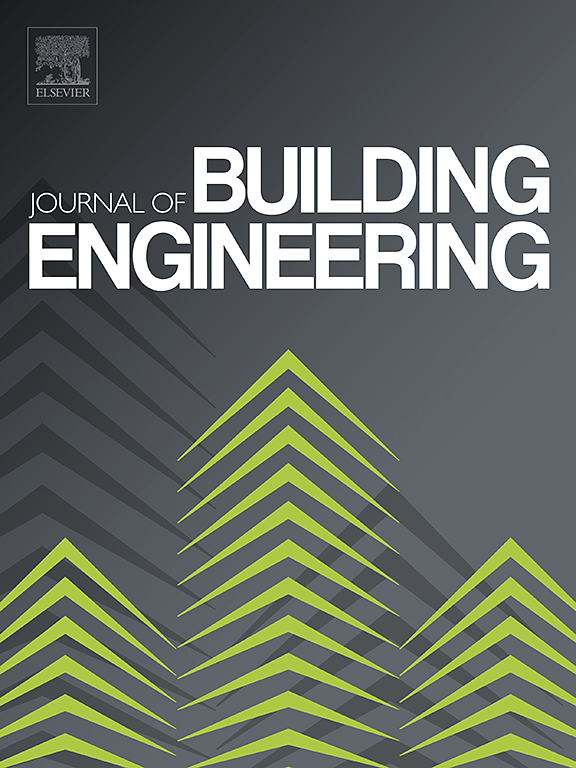Evaluation of seismic performance of novel prefabricated metro station roof-to-wall connection nodes
IF 6.7
2区 工程技术
Q1 CONSTRUCTION & BUILDING TECHNOLOGY
引用次数: 0
Abstract
To further reduce construction time and costs, minimize construction risks, and mitigate the environmental impacts of prefabricated metro stations, this study proposes a novel connection structure for such stations. In this structure, the enclosure is utilized to participate in the load-bearing of the main structure, uniquely retaining temporary internal concrete support as part of the roof. To investigate the seismic performance of this novel node, three groups of scaled quasi-static model tests were conducted. These tests analyzed and compared the effects of three different connection methods (namely, retaining the first concrete support as part of the roof structure, using a cast-in-place roof structure, and employing a prefabricated roof structure) on the seismic performance of the node. The test results indicate that the primary failure mode of the node is localized compressive failure of the concrete at the connection points between the internal nodes. Compared to cast-in-place and prefabricated roof connections, the novel structure exhibits significant advantages in terms of seismic performance. Retaining the first concrete support and incorporating it as part of the roof enhances the overall integrity and ductility of the node area, thereby improving its seismic performance. This result provides a new perspective for the seismic design and construction of prefabricated metro stations, promoting the application of innovative prefabricated structures in such facilities.
求助全文
约1分钟内获得全文
求助全文
来源期刊

Journal of building engineering
Engineering-Civil and Structural Engineering
CiteScore
10.00
自引率
12.50%
发文量
1901
审稿时长
35 days
期刊介绍:
The Journal of Building Engineering is an interdisciplinary journal that covers all aspects of science and technology concerned with the whole life cycle of the built environment; from the design phase through to construction, operation, performance, maintenance and its deterioration.
 求助内容:
求助内容: 应助结果提醒方式:
应助结果提醒方式:


